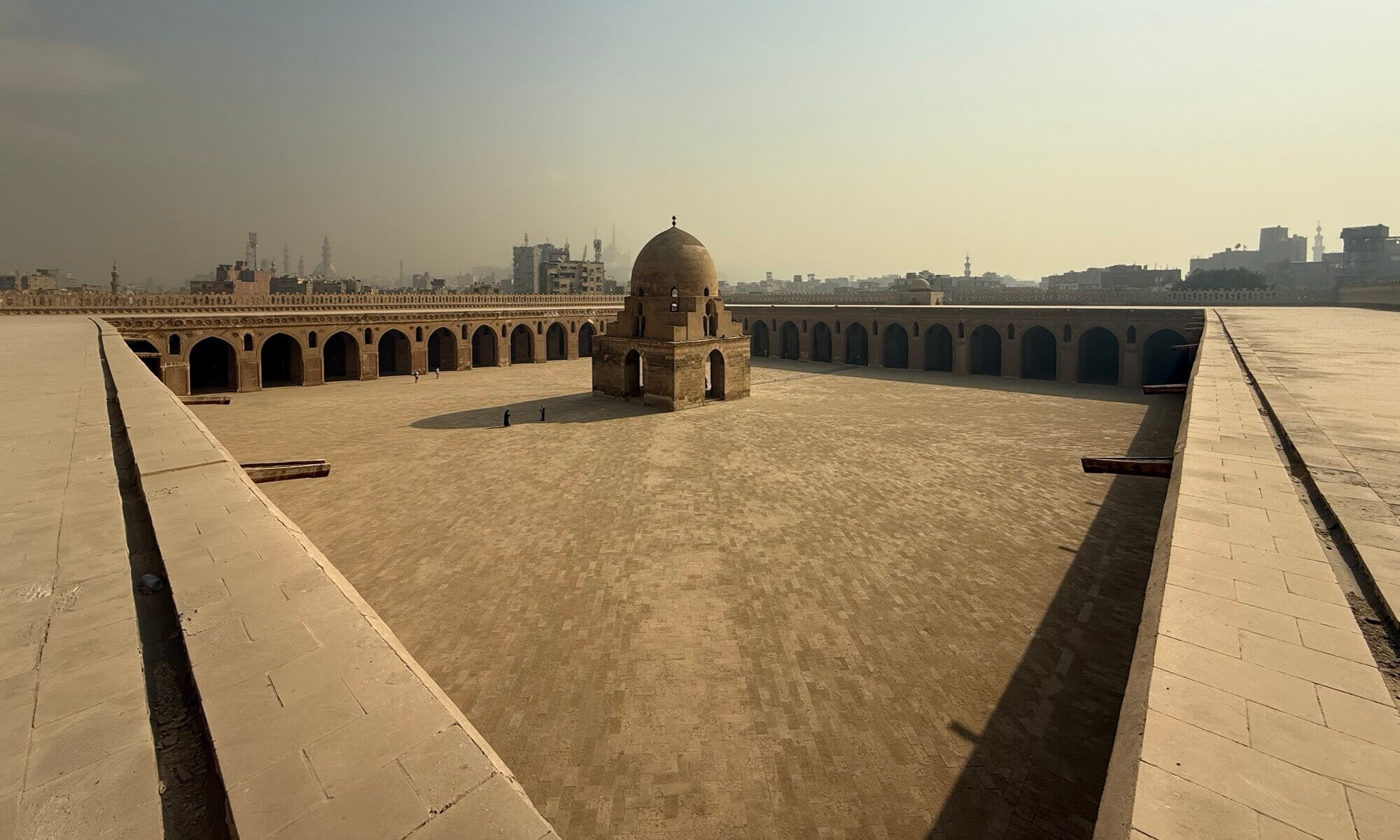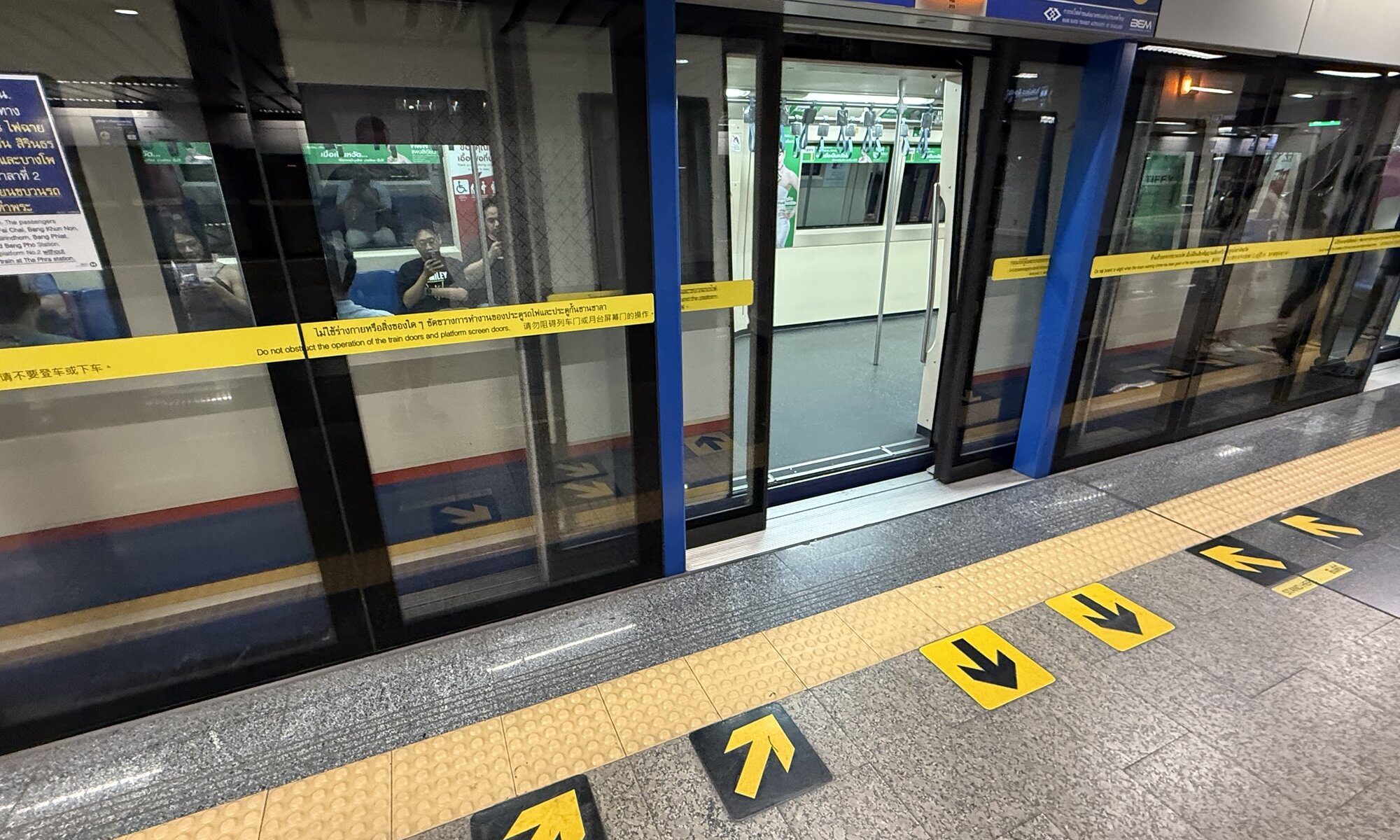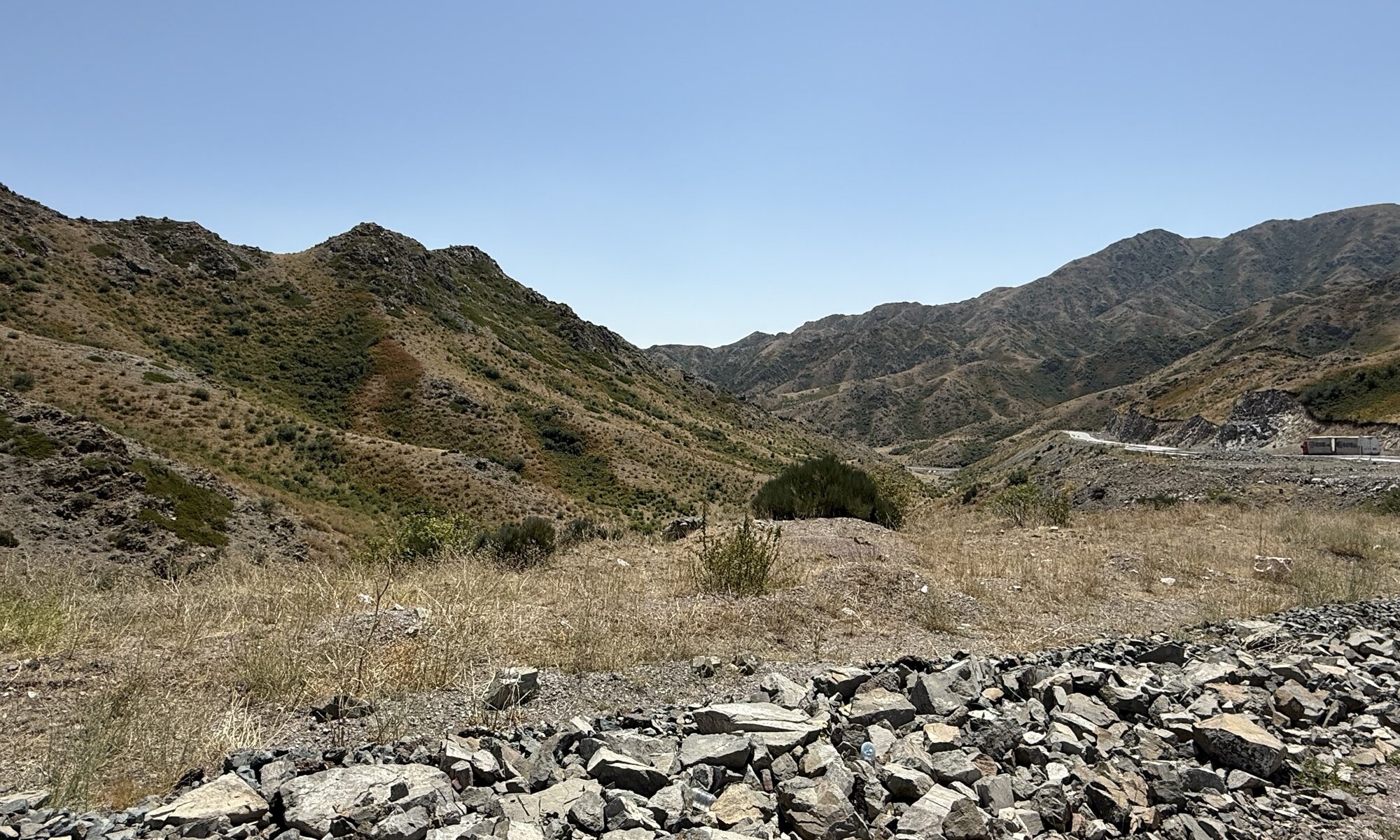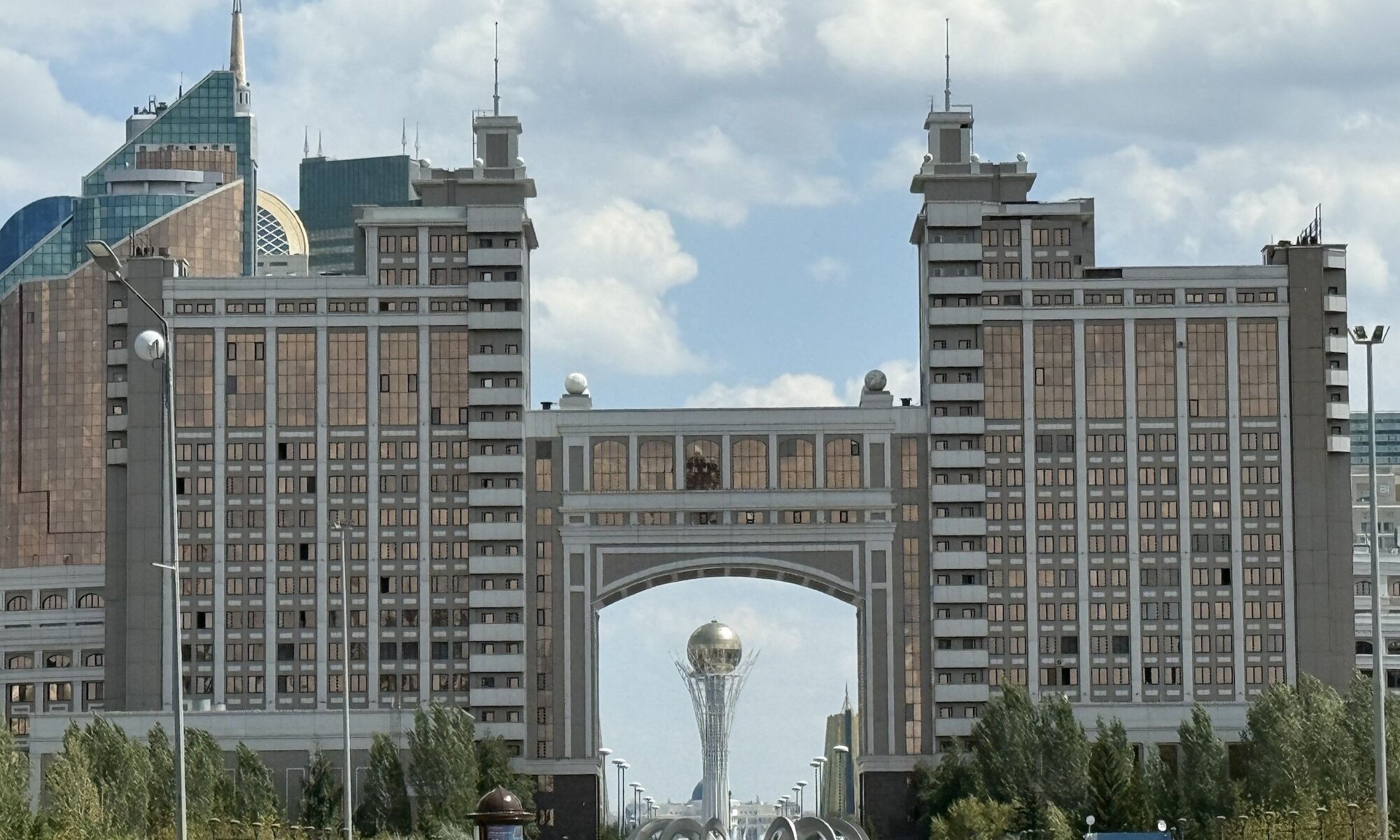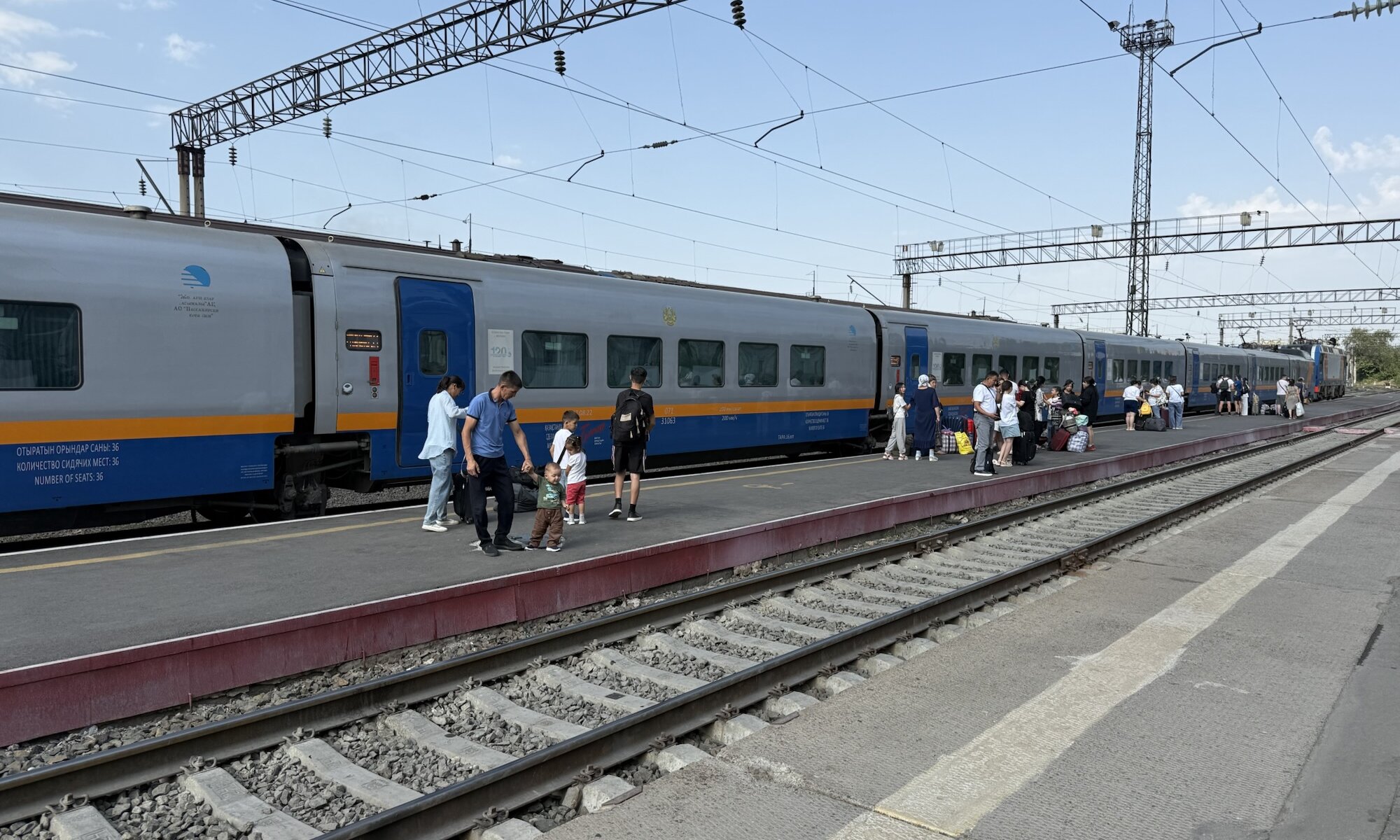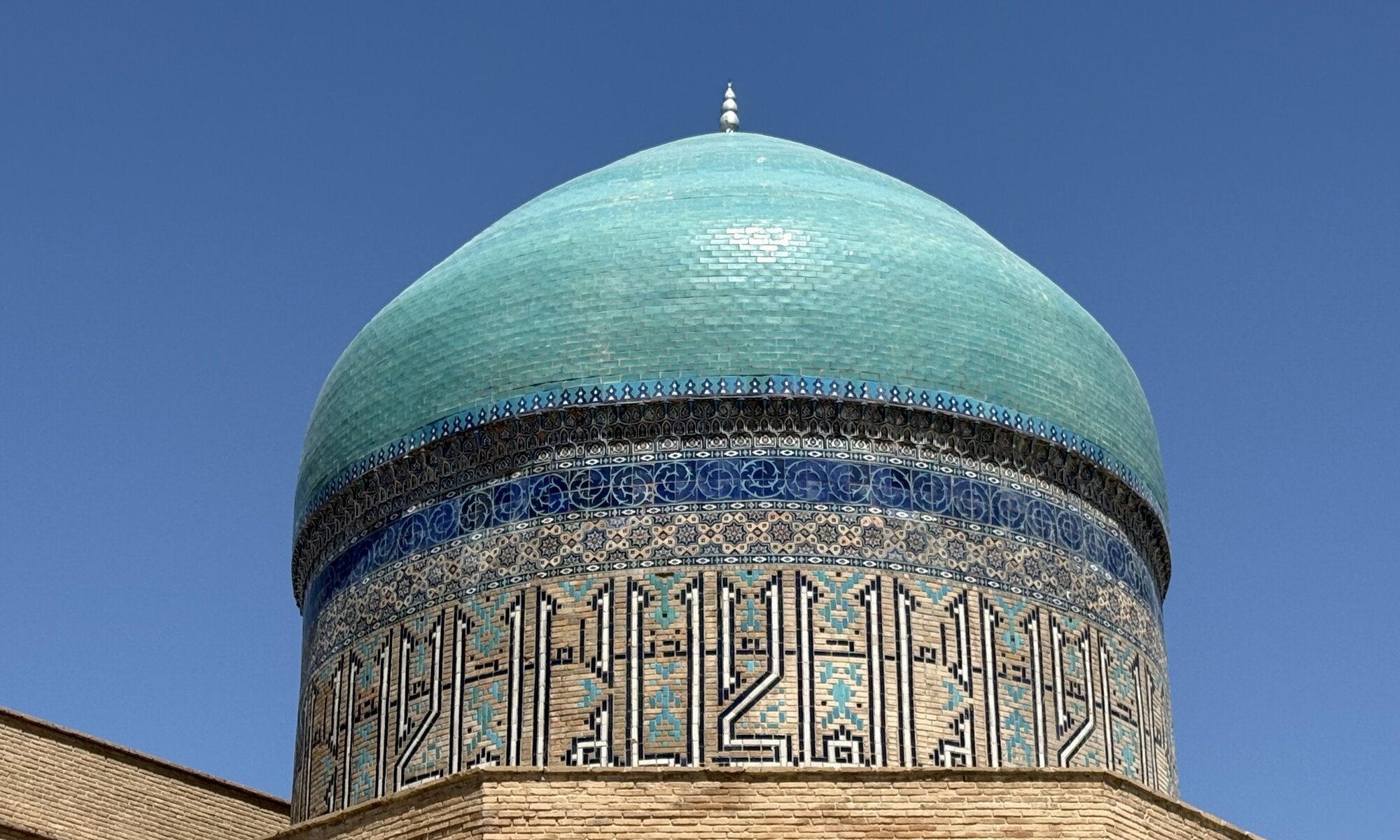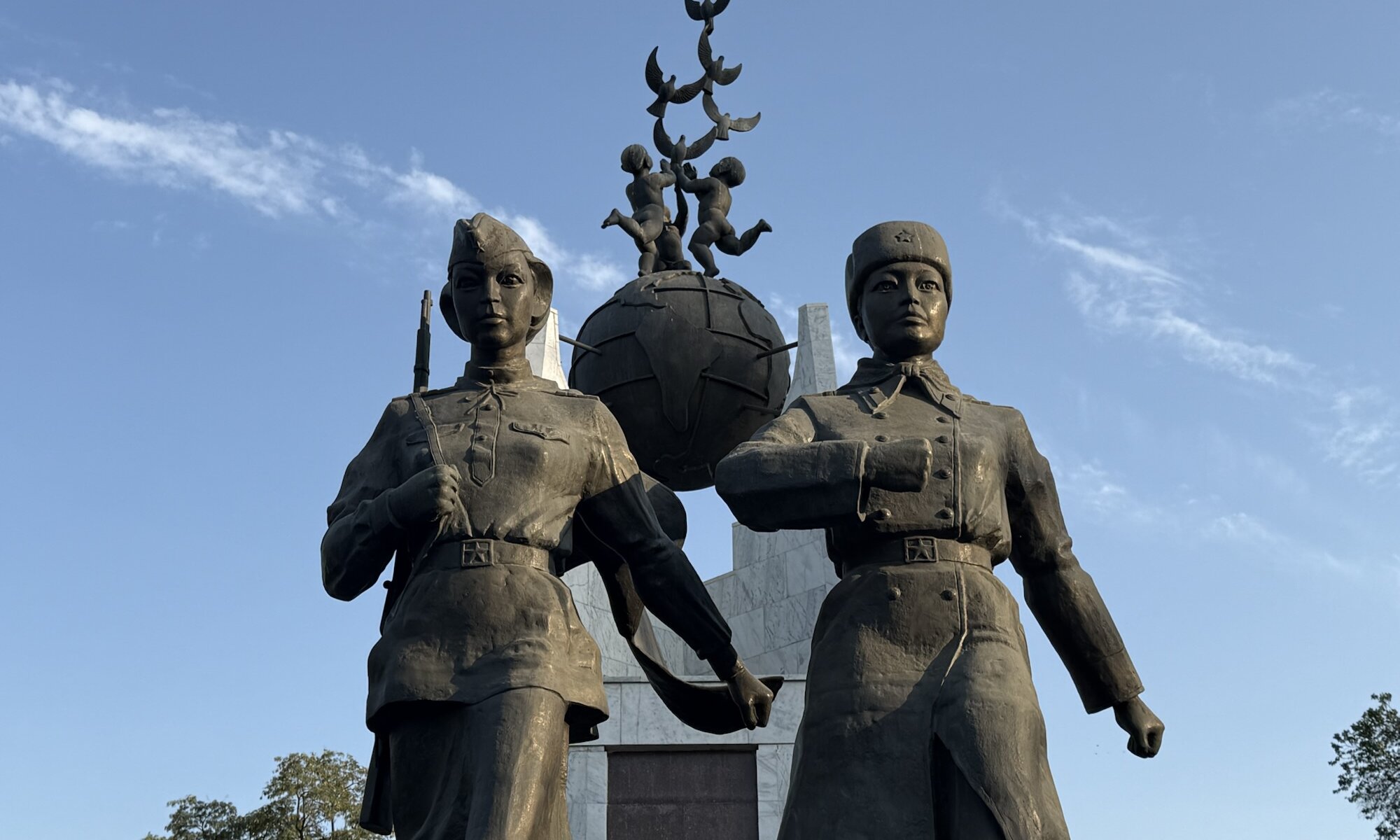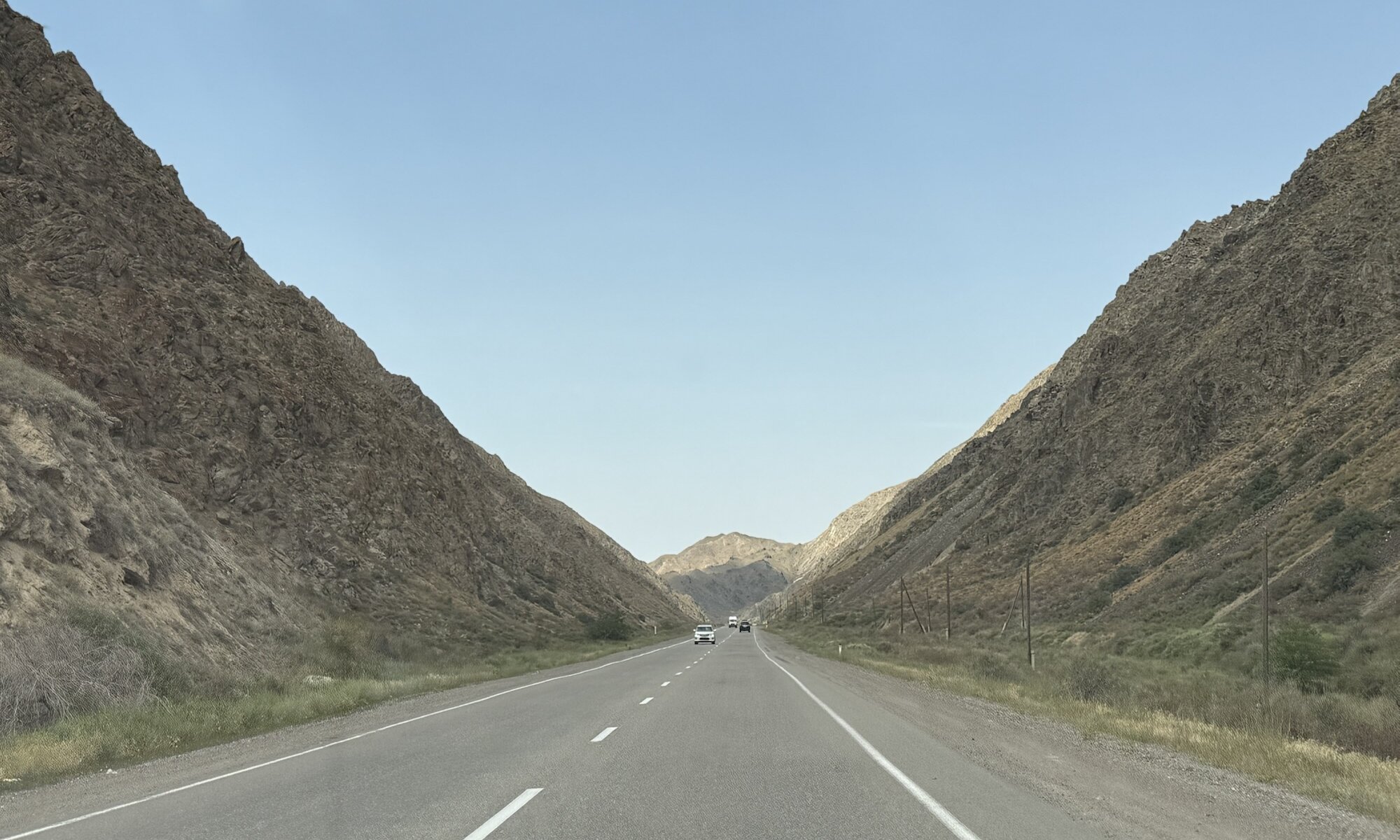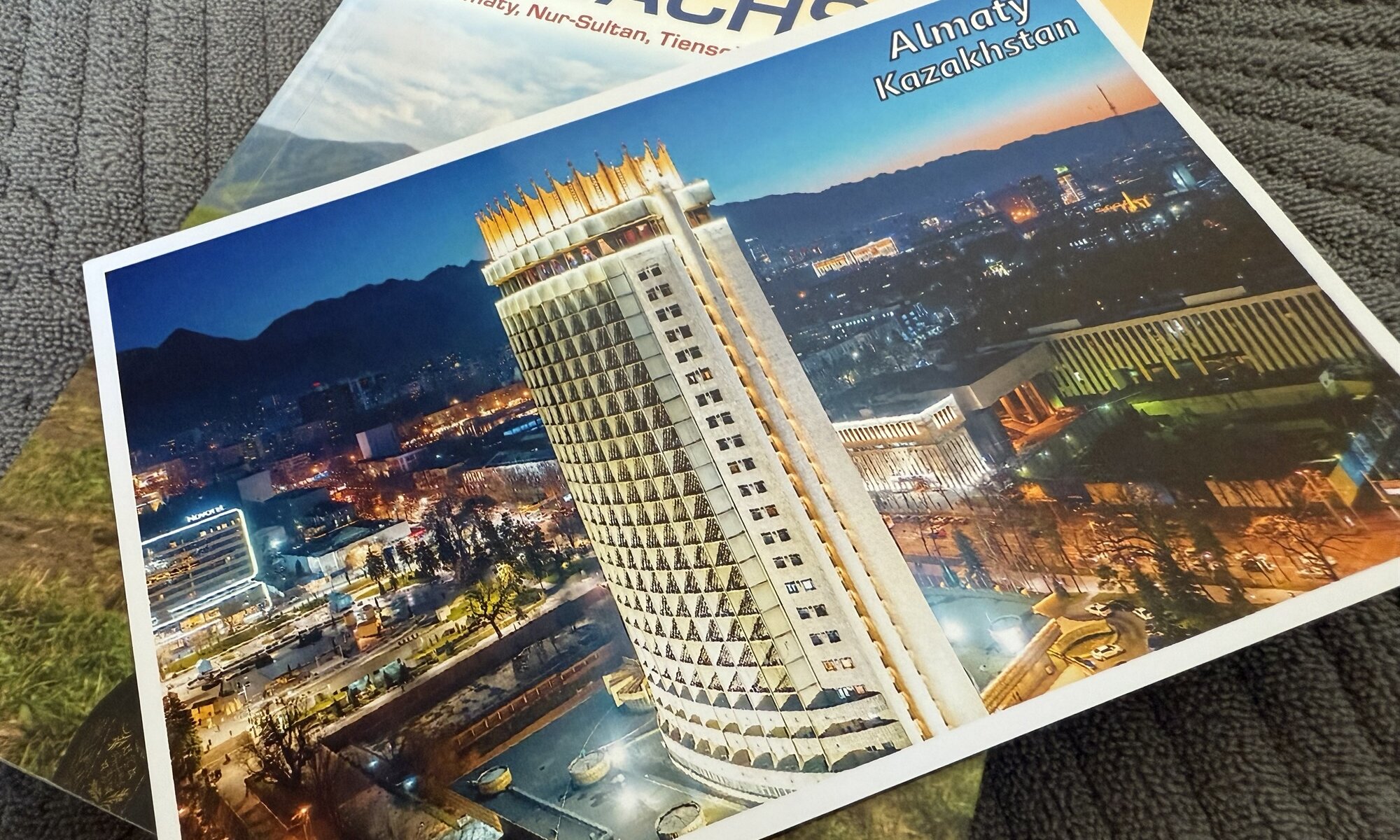กรุงเทพฯ’s MRT system is a vital part of the city’s urban transport landscape, offering an efficient alternative to the city’s notorious road traffic. The network was inaugurated in 2004, marking a significant step towards modernising public transportation in Thailand’s bustling capital. With its clean, air-conditioned trains and stations, the MRT provides a welcome relief from the heat and congestion above ground, connecting key districts and supporting the daily commute of thousands of residents and tourists alike.
Continue reading “Rotfai taidin”Baht
The currency of Thailand is the Baht, abbreviated as THB. It serves as the official medium of exchange in the country and is widely used across all sectors of the Thai economy. The baht has a long-standing history dating back to the Siamese era, with its origins rooted in traditional silver currency units. Over time, it has evolved into a modern currency managed by the Bank of Thailand, featuring both coins and banknotes in various denominations, adapted to serve the needs of a rapidly developing country with a bustling tourism industry and vibrant local markets.
Continue reading “Baht”Kudaj konakpyn!
Kazakhstan is a fascinating country with a deep and complex history that reflects its position as a crossroads of civilizations. Historically, it was the land of nomadic tribes who roamed the vast steppe, living in harmony with nature and relying heavily on their herds. Its strategic location meant it was influenced by various empires, including the Mongols and the Russian Empire, which shaped its cultural and political landscape. The 20th century brought dramatic changes as Kazakhstan became part of the Soviet Union, undergoing rapid industrialization and social transformation. Finally, in 1991, Kazakhstan declared independence, stepping into a new era marked by sovereignty and development.
Continue reading “Kudaj konakpyn!”Planned city
Астана, the vibrant capital of Kazakhstan, has a compelling history that reflects the evolution of the entire nation. Originally founded as Akmolinsk in 1830 as a small fortress settlement, the city grew gradually over the years. During the Soviet era, it was renamed Tselinograd in the 1960s to serve as the center of the Virgin Lands campaign, a major Soviet agricultural project. After Kazakhstan gained its independence in 1991, the city once more transformed – first regaining the name Akmola and then receiving the name Астана in 1998 when it was designated the country’s new capital, moving government functions from Алматы. For a period between 2019 and 2022, the city was known as Nur-Sultan in honor of the first president, but eventually the original name, Астана, was restored.
Continue reading “Planned city”темір жолы
Kazakhstan’s railway system, the backbone of its vast transportation network, stretches impressively across the sprawling landscapes of Central Asia. With over 16,000 kilometers of rail lines, traversing arid steppes, bustling cities, and remote outposts, these tracks serve both as practical passage for locals and as an adventurous experience for travelers. Trains remain the lifeblood for many communities, offering a reliable and affordable way to cross enormous distances that would be daunting by road. The national operator, Kazakhstan Temir Zholy (KTP) / Қазақстан темір жолы (ҚТЖ), continuously modernizes the rolling stock and infrastructure, blending traditional charm with growing efficiency.
Continue reading “темір жолы”Түркістан
Turkistan, nestled in the southern steppe of Kazakhstan, is a city that immediately captivates travelers with its blend of ancient legacy and vibrant modern life. Walking through its wide avenues and bustling bazaars, you can feel centuries of history etched into the very stones beneath your feet. As one of the oldest settlements in Central Asia, Түркістан has been continuously inhabited since at least the 4th century, growing from a simple caravan stop into a major hub along the Silk Road. Its strategic location meant that merchants, poets, and scholars from across Asia and beyond converged here, making the city a living crossroads of cultures.
Continue reading “Түркістан”World War II
Continuous learning about history is a necessity. Even concerning a devastating phase like World War II, collective memory is already blurring. In the Western world people start to think, the United States of America have won the war, in other parts of the world Russia is seen as the victor. But we should not forget that it was the entire Soviet Union that paid the highest death toll to slay fascism. The people of Central Asia had a big stake in this; 600,000 Kazakh people died in World War II – a significant share of the population. That’s the reason why they remember their soldiers like the 28 Panfilov guardsmen, but there are more stories to share.
Continue reading “World War II”Zhibek Zholy
Wandering the stretches of the Silk Road, I am constantly reminded of how these ancient trade routes once threaded continents together. The Silk Road (or Zhibek Zholy) wasn’t just a single path – it was a vast web spanning from China to the Mediterranean, linking Asia with Europe, and facilitating the flow of goods, culture, and ideas for centuries. Among its most intriguing stretches runs the passage through Kazakhstan, a country whose landscapes are as storied as the history that passed across them.
Continue reading “Zhibek Zholy”From Kazakhstan with love
Are you the modern kind of traveller just uploading photos to social media and sending them via messenger services to your beloved ones at home? Or are you a bit nostalgic and still sending postcards around the globe? I’m the latter kind and sending postcards is often quite a challenge these days as it becomes more and more unusual. At Kazakhstan, people will ask you directly why you intend to do such a stupid thing – tradition is the only accepted answer. At Kazakhstan, sending postcards is nowadays very uncommon and relatively costly (2200 Tenge per card!). But it is perfectly doable.
Continue reading “From Kazakhstan with love”City of Apples
Nestled at the foot of the majestic Tian Shan mountains, Алматы (Almaty, formerly Alma-Ata) is a vibrant city rich in history and culture. Its origins date back to the Bronze Age, with early settlements established by farmers and cattle-breeders thousands of years ago. Over the centuries, Алматы evolved through epochs of Saka, Wusun, and Mongol influences, serving as a cultural and trading hub along the Silk Road. In the 19th century, it was officially developed into a city after Russia founded the fort of Verniy. Later, Алматы played a central role as the capital of Soviet Kazakhstan and then of independent Kazakhstan, before the title passed to Астана.
Continue reading “City of Apples”